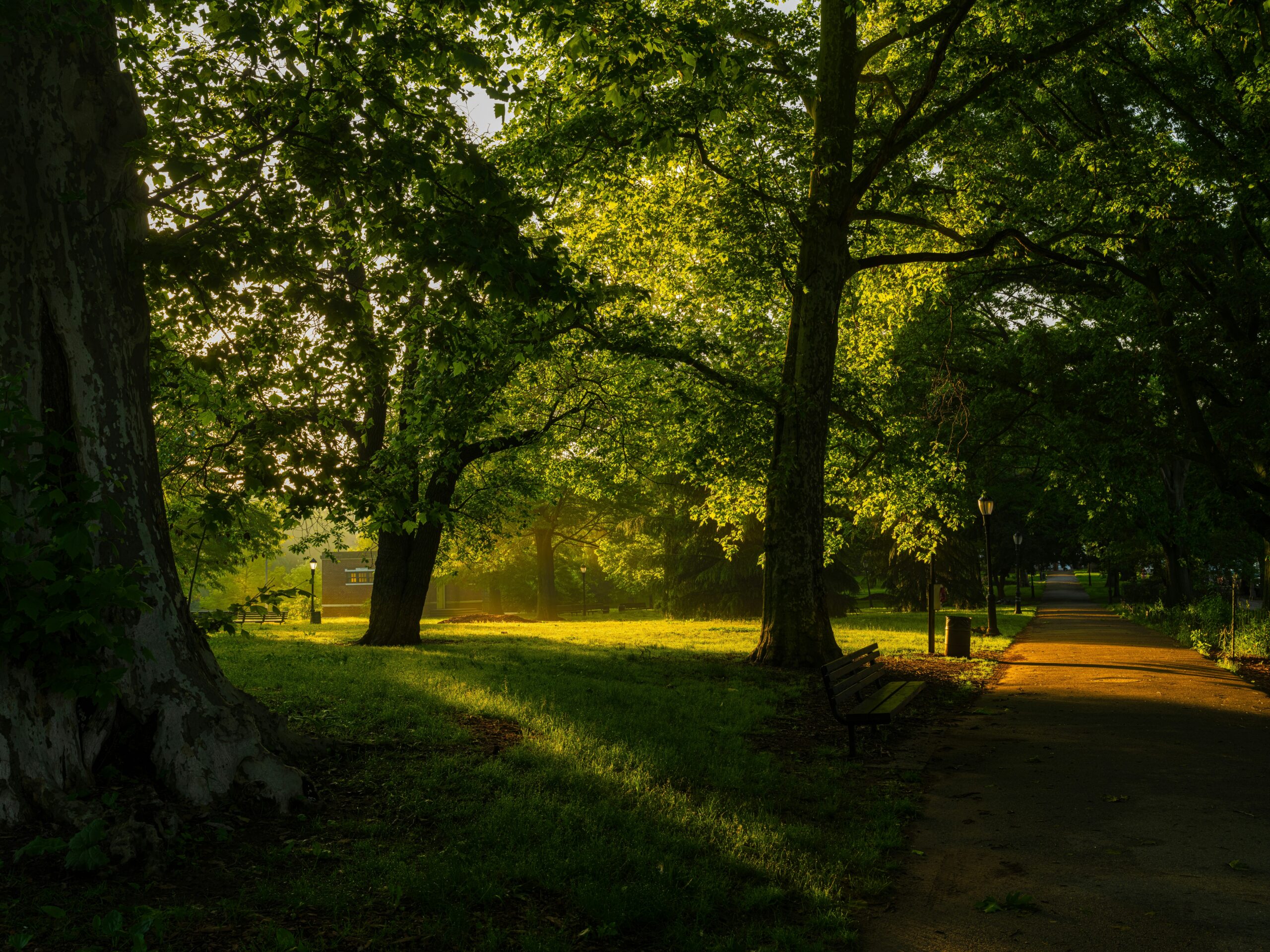Urban ecology is a relatively new branch of knowledge that deals with the interactions between the natural environment and human settlements. Further, as cities expand, the activity between people and the environment within those settings becomes even more important to comprehend and promote. This article describes and explains what urban ecology means, why it matters, the emergent problems, and the approaches currently used to develop a sustainable built environment.
The Essence of Urban Ecology
Urban ecology is an area of research that focuses on the interaction of organisms with their environment, which is the urban environment. Unlike classical ecology, which mostly focuses on wild and adequately preserved places, urban ecology considers the existing human impact. This field focuses on the nature of cities in terms of biological systems where human beings, plants, animals, structures, and other physical components in a city are interdependent.
Thus, the urban environment becomes an extraordinary habitat in which natural and artificial elements exist inextricably intertwined. These subjective relations can lead to benefits and costs for biotic and abiotic diversity, water and air quality, and people’s quality of life. For this reason, the study of these processes is central to what urban ecologists seek to achieve, namely the improvement of cities’ sustainability and overall qualities.
City ecology and the relevance of the study
Large population concentrations and economic development are characteristic of cities, but at the same time, cities create environmental problems. Populated regions are considered to have more and more pollution, the breaking up of living spaces, and the worsening of resource use. Global issues should be addressed if durable changes are to be achieved. Thus, urban ecology has great potential to contribute to the best practices for cities’ environmental management and enhance their sustainability.
As with most ecology-related fields, urban ecology has the added advantage of being able to guide urban development. Several ecological strategies can be applied to enhance the design of urban green spaces in a given locality, thereby improving people’s quality of life. For example, green roofs, urban parks, and street trees increase aesthetic values and purify the air, temperature regulation, and stormwater management.
Challenges in Urban Ecology
However, this approach has some issues: urban ecology has drawbacks, which the following material describes. The first is that the very nature of systems in urban environments causes uncertainty. Cities are living forms that constantly develop due to various societal, economic, environmental, and other factors. Because of this diverse influence, it becomes almost impossible to determine the consequences of carrying out ecological interventions, and this needs the involvement of more than one specialist to solve.
Another issue is the possibility of applying ecological solutions in conditions of population density and the lack of necessary space and means for it. Thus, competing for space in cities eliminates opportunities for green areas’ expansion or improvement of urban biological diversity. Moreover, situations when companies cannot afford sustainable ideas, as well as low public awareness, remain challenging.
Urban areas also have special ecological factors; for instance, the Urban Heat Island effect is typical for the studied regions, which specifies the temperature increase in the urban zones compared to the country’s rural districts. This is attributed to the fact that building constructions, including the concrete and asphalts that pave the surfaces, are heat abstracting. Reducing the UHI effect needs solutions that have not been conventional, like increasing green areas and the use of reflective construction materials.
New Concepts and Solutions in Urban Environmentalism
Nevertheless, a vast number of creative activities are being proposed and realized to promote urban ecology. They are designed to bring nature into cities, making them sustainable and resilient.
One such emphasis is Green infrastructure. This is the idea of planning the layouts of towns and cities and managing the green spaces to mimic the ecosystems. Biophilic design elements of green infrastructure comprise green roofs, rain gardens, and permeable pavements, among other related features. For instance, green roofs decrease energy use as they act as an insulator and control water in urban areas, as well as a home to some species of fauna.
Engagement of Communities in Urban Environmental Management
Another important conclusion is the need to further involve the population’s ineffective urban ecology. Incorporating residents’ ideas and support in managing urban ecosystems encourages ownership. This case entails beautification programs, including ‘Adopt a Block/Street/Neighborhood,’ where people take it upon themselves to clean the area, plant trees, and engage in urban agriculture.
Education and information are key to community participation. Thus, cities build an environmentally sustainable mentality by increasing stakeholders’ concern about the significance of urban ecology and offering such communities experiences in environmental stewardship. Schools, NGOs, and local governments can provide outreach activities so that people become aware of urban ecology and start practicing it.
The Future of Urban Ecology
Thus, as the population of the urban areas continues to expand, so does the significance of urban ecology. It becomes inevitable for cities to work on climate change, dwindling resource availability, and population pressures without compromising the ecological framework of the cities. Ecological concepts should be incorporated into urban planning techniques to increase the overall environmental performance of the built environment and realize long-lasting, sustainable, and habitable spaces.
It is, therefore, imperative that urban ecology’s future depends on the cooperation between policymakers, planners, researchers, and citizens. In my mind, cooperation can turn into an invention in terms of how the requirements of human and ecological systems can be met. This vision of the urban contained in the concept of urban ecology presents the assertions of cities as not only hubs of human activities but also as habitats of myriad species of animals and other living organisms.
This article examines how urban ecology provides cities with an efficient mode of operation. By integrating and implementing such visions, it is possible to create urban landscapes that will increase species richness, support health improvement, and guarantee a successful future for human beings and other living organisms. The concept of ecological cities is as much a risk as it is an opportunity, and all it takes is for us to grab the chance and design the future of cities.
For more on the Environment, be sure to visit Mecella.



No responses yet